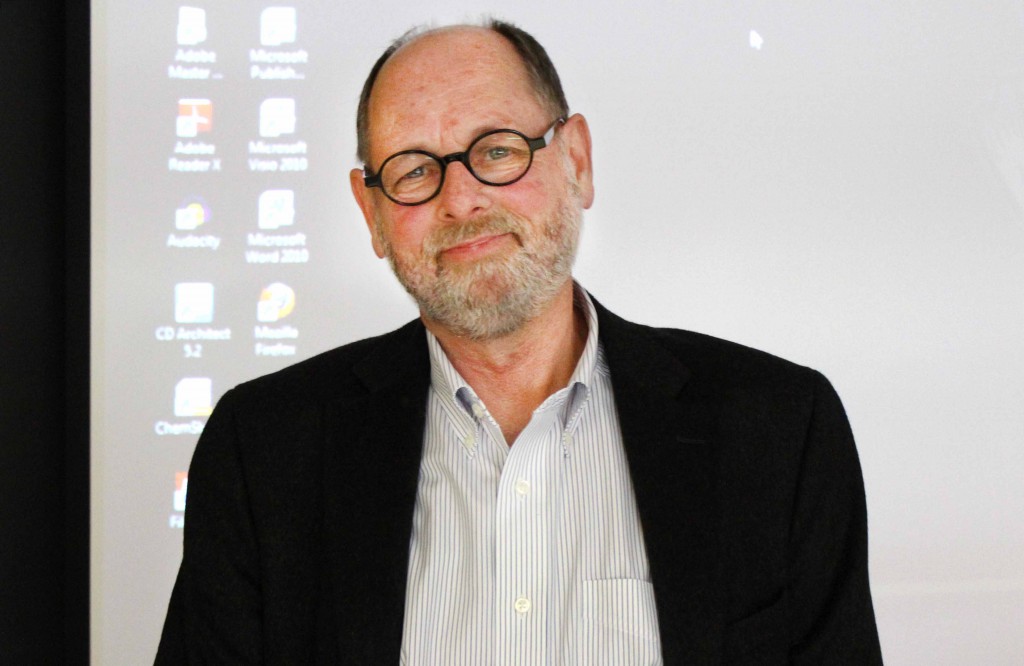By Preeteesh Peetabh Singh
DIALOG REPORTER
“Every individual, every policeman, every politician, every sports person. Everybody has a story to tell,” said Marty Gervais, an award-winning journalist from the Windsor Star, poet, photographer and editor in his workshop on storytelling at the Canadian University Press’ (CUP) Ontario Region spring conference, Between the (Head)lines held in Windsor, Ontario.

“A good reporter is always poking their nose in other people’s life. If you step in a room where you are not supposed to be, what can possibly go wrong?” PHOTO: PREETEESH PEETABH SINGH / THE DIALOG
The conference presented by the CUP and The Lance, the campus and community newspaper of the University of Windsor, had members participate from various campus publications from Ontario. The Dialog team also participated in the three-day conference from March 29-31 representing George Brown College.
The story from the conference included some great journalists, writers, professors, columnists and media union members such as Shawn Micallef (Toronto Star); Steve Dorsey (Detroit Free Press); Sonya Bell (iPolitics); Katherine Lapointe (CWA – CUP); Veronique Mandal (St. Clair College); Blake Roberts (University of Windsor); Nancy Duffy (In Retro Magazine).
Gervais has won the prestigious Toronto Harbourfront Festival Prize for his contribution to Canadian letters and emerging writers. In 2012 he was named the first poet Laureate of the city of Windsor and has also won 16 Ontario Newspaper Awards. Some of his published books include the bestseller Rumrunners, My Town and Ghost Road and other forgotten stories of Windsor.
In his session on storytelling Gervais went through some stories from his life, which turned out to be landmarks in his journalism career.
There was the story about how he found an eyewitness of Pope John Paul II’s attempted assassination, a priest from Windsor who was studying in Rome.
Or the time he interviewed Hulk Hogan, Ric Flair and Mohammad Ali at the same time in their room while other reporters waited at the press conference.
An unforgettable story was the time Mother Teresa asked the sisters in Detroit to pack up all the food laid out for important dignitaries after her sermon and then distributed it in the poor neighbourhood the next day.
They were a treat to listen to.
Gervais said that in order to tell a good story, one must be curious, attentive, persistent and a good listener. “If you are a good listener, people will talk to you, open up to you and if you look deeper in an individual, you’ll find a story to tell.”
According to Gervais, some of the other aspects of a good story telling are doing good interviews, research and awareness of new technologies. Trusting yourself and believing in your abilities also goes a long way.
Gervais encouraged young journalists to be curious and inquisitive all the time. “A good reporter is always poking their nose in other people’s life. If you step in a room where you are not supposed to be, what can possibly go wrong? You might be asked to leave, that’s it.”

